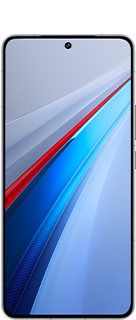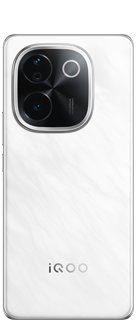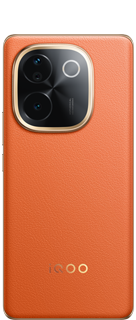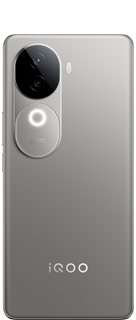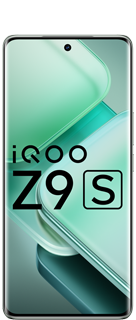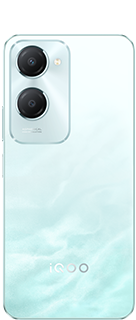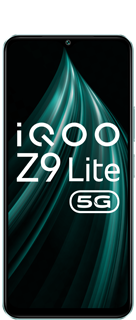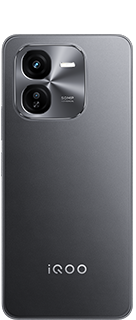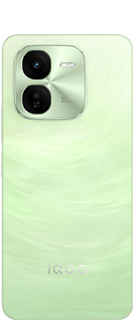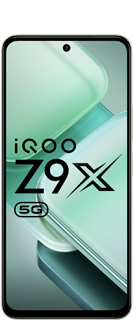Wireless Bionic Hands: A Revolution in Prosthetics

Do you remember Thing from Wednesday webseries??? I think yes, then he must be one of your most loved characters in the whole series... here is the secret behind Thing.
Part 37- Amazing tech around the world 🌍

In the world of advanced prosthetics, few names shine as brightly as Joel Gibbard. As the co-founder and CEO of Open Bionics, Gibbard has led a revolution in the design and accessibility of bionic hands, making cutting-edge prosthetics available to more people than ever before. His team's latest focus? Wireless bionic hands - prosthetic devices that not only restore physical ability but also offer freedom, flexibility, and even a touch of superhero magic.
Who is Joel Gibbard?

Joel Gibbard is a British roboticist who has been passionate about prosthetic innovation since his university days. He founded Open Bionics in 2014 with the mission to create affordable, lightweight, and highly functional prosthetic limbs using 3D printing technology. His vision was clear: empower individuals with limb differences through advanced technology - without the staggering costs usually associated with high-end prosthetics.
Over the years, Open Bionics, under Gibbard's leadership, has become known for its Hero Arm, a multi-grip bionic hand inspired by characters from Marvel, Disney, and other universes—designed especially for young amputees.
The Rise of Wireless Bionic Hands

Traditional prosthetics often relied on heavy wiring, mechanical controls, or basic cable-driven designs. Joel Gibbard and his team recognized that for a prosthetic to truly feel like part of the body, it needed to be intuitive, unobtrusive, and seamlessly responsive.
Wireless bionic hands developed by Open Bionics are a leap forward:
- Wireless EMG Sensors:
Instead of relying on cumbersome wiring, small sensors are placed over the user's muscles to pick up electrical activity. These signals are wirelessly transmitted to the prosthetic hand, allowing for fluid, natural movements.
- Real-Time Control:
Machine learning algorithms enable the hand to adapt to each user's unique muscle patterns, improving accuracy and reducing the time needed to "learn" new motions.
- Lightweight Design:
Thanks to 3D printing and smart materials, the bionic hands are ultra-light, reducing fatigue and making everyday tasks easier.
- Customizable Appearance:
Gibbard’s team has worked with creative partners to let users personalize their prosthetics with superhero designs or sleek, futuristic styles—turning a prosthetic into a source of pride and identity.
Key Strengths of Joel Gibbard's Wireless Bionic Hands

1. Affordability:
Compared to traditional bionic hands that cost tens of thousands of dollars, Open Bionics offers solutions at a fraction of the price, without compromising quality.
2. Accessibility:
Open Bionics works closely with healthcare providers to ensure their bionic arms reach those who need them most, especially children and young adults.
3. Empowerment Through Technology:
Joel Gibbard believes in creating prosthetics that *celebrate* difference rather than hiding it. Wireless technology enhances freedom of movement and self-expression.
4. Integration of Gaming Technology:
Users can sometimes train their new hands using video games, turning rehabilitation into a fun and engaging process.
Real-World Impact

Joel Gibbard's wireless bionic hands have changed lives globally. Amputees who once struggled with limited mobility or clunky devices now experience near-natural hand movements. Children born with limb differences, who once faced stigma, now proudly wear "superhero arms" to school, turning what was once considered a disability into a badge of honor.
Through strategic partnerships with companies like Disney, Marvel, and Eidos Montreal (makers of "Deus Ex"), Open Bionics has also broken down emotional barriers, showing the world that prosthetics can be empowering and even aspirational.
The Road Ahead

Joel Gibbard and Open Bionics continue to push the boundaries of prosthetic technology. The future could see wireless sensory feedback, where users not only move their bionic hands naturally but feel with them too - sensing pressure, texture, and temperature.

Wireless bionic hands are no longer just a dream of science fiction. Thanks to innovators like Joel Gibbard, they are here, transforming lives with every grip, gesture, and wave.
Here is a glimpse of the first human to wear these bionic hands please do have a look to see what these bionic hands can do...
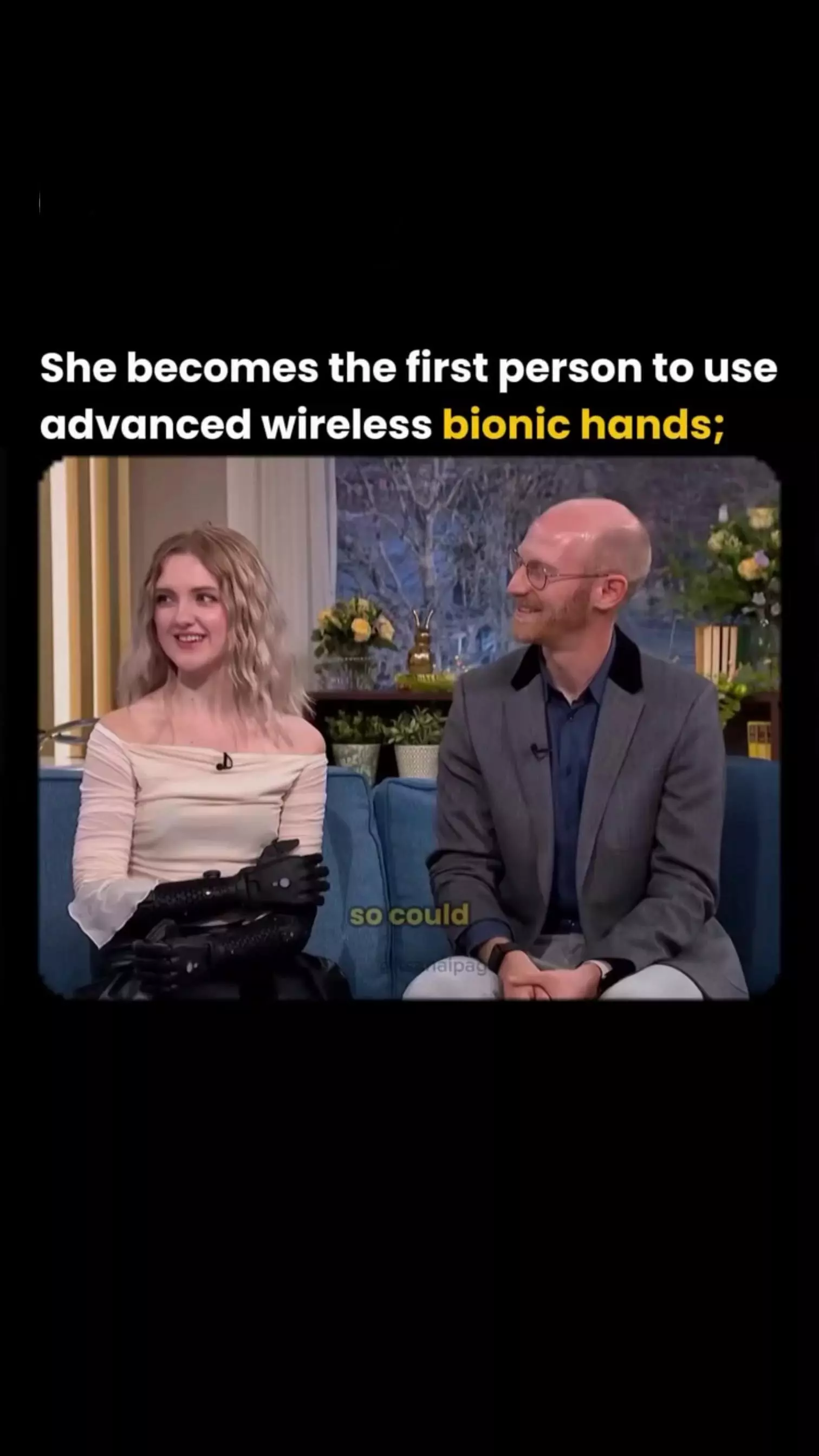
Please sign in
Login and share











